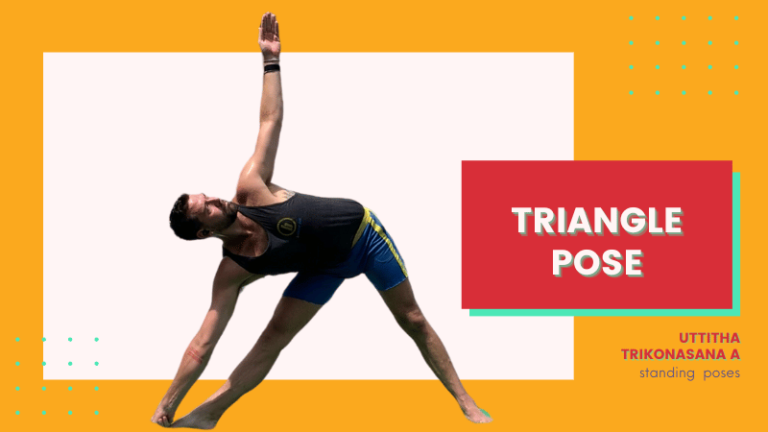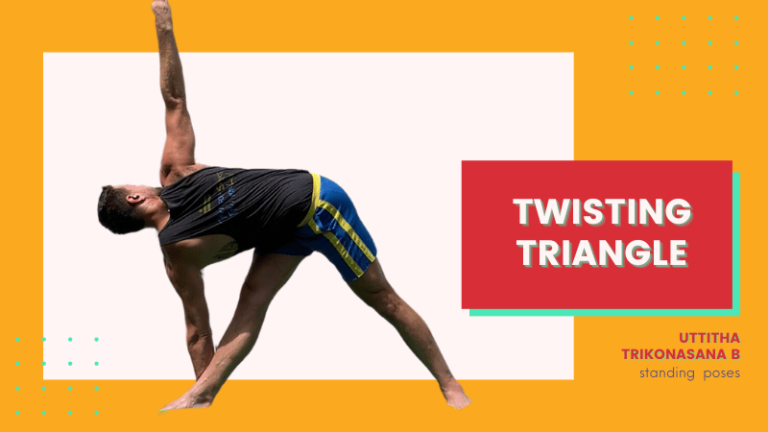Better Communication: Tips from the Corporate World for Ashtanga Yoga Teachers
In Mysore style Ashtanga yoga, where the emphasis is on personal practice and self-discovery, effective communication becomes a pivotal tool for teachers. Beyond traditional cues and adjustments, the way teachers interact with students can significantly enhance their learning experience. This guide explores practical communication strategies adapted from various professional fields that can be seamlessly integrated into your teaching methods to improve clarity, student engagement, and overall classroom dynamics.
The role of a Mysore Ashtanga teacher involves more than just teaching asanas; it includes being a mentor, a guide, and a supporter of each student’s unique journey. Here are some refined communication tips to help you foster a more productive and positive environment:
- Avoid Minimizing Language:
- Tip: Eliminate the word “just” from your instructions. This small change can transform statements from seeming trivial to being impactful, empowering your directions and advice.
- Clear Expectations Setting:
- Tip: Use phrases like “keeping you looped in” to manage expectations about feedback or progress. This keeps students informed and engaged in their own development process without feeling overwhelmed.
- Clarify Roles and Responsibilities:
- Tip: Discussing roles and responsibilities can be crucial in workshops or when new students join. Clear communication about what is expected from both the teacher and the students can enhance the learning experience.
- Direct Queries to Foster Engagement:
- Tip: Asking “What do you need from me?” directly can encourage students to reflect on their needs and articulate them, which helps in providing targeted assistance.
- Encourage Proactive Solutions:
- Tip: Motivate students to come up with personal solutions or adjustments before seeking help. This encourages self-reliance and deeper understanding of their practice.
- Invite Questions Openly:
- Tip: End classes or instructions with “What questions do you have?” instead of “Do you have any questions?” This phrasing assumes there are questions, which can make students feel more comfortable voicing them.
- Close Conversations Effectively:
- Tip: Use “Let me know if I can say more about this. Thanks,” to provide a clear end to discussions, ensuring students leave with a complete understanding of the conversation.
“Listen for understanding rather than to respond”:: Emphasizes the importance of truly hearing a student’s comments or questions, which can lead to more meaningful exchanges and solutions.
“Replace all ‘buts’ with ‘ands'”: Changes the tone of conversations to be more inclusive and less confrontational, facilitating smoother interactions.
Conclusion:
Enhancing your communication style isn’t just about transferring knowledge; it’s about building relationships and community in your yoga space. By adopting these communication strategies, you’re well on your way to creating an environment where students feel valued, understood, and motivated to explore their Ashtanga practice deeply.
This structure offers a comprehensive look at communication techniques with practical applications tailored for yoga teachers, focusing on improving student interactions and class management.







